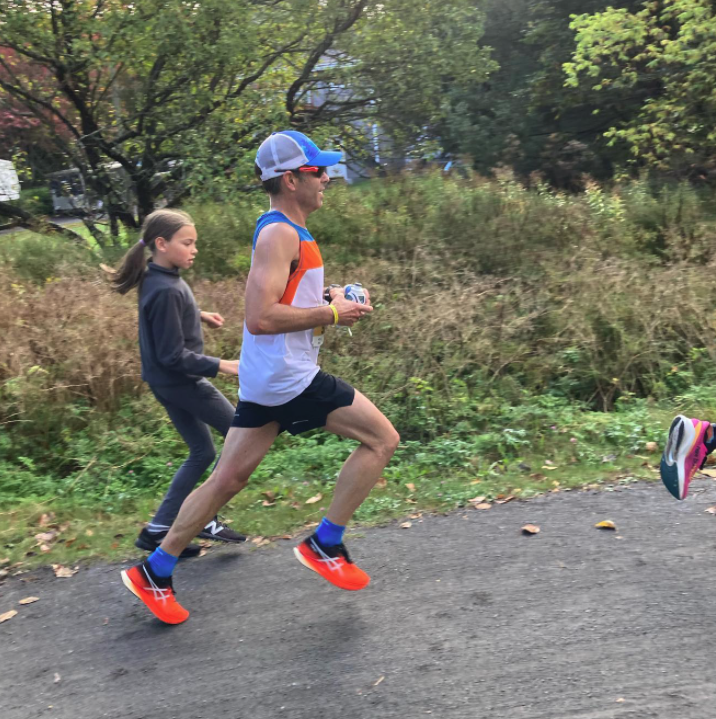When we think of running, we typically think that it is an activity that is natural and something that we are born with. When looking at young kids running around, their movements are fluid and generally not affected by outside influences. One could say that as active children, generally their bodies (muscles and skeleton) are in a relative state of balance. As we get older there are many things that can affect how we hold ourselves running, whether it is poor posture, imbalances in strength as well as various levels of fitness.
At its most basic, running is the act of leaning forward and placing one foot in front of the other to stop it falling. The quicker this is done, the faster we go. There are many different styles and some runners look to have clumsy or poor form yet manage to run quite quickly. There are a couple of techniques that separate a good runner from a poor one, but there is no one perfect “form”.
Overstriding: this is the big one. It doesn’t matter so much if one lands forefoot, midfoot or heel, as long as the point of contact with the ground is under the hips (or center of mass). If the foot touches the ground below the hips the body can continue to pass forward over this point of contact with ease. Having the foot land in front of the body requires the mass to pass up and over the contact position and in order to do this, the quads and knees take a huge braking impact; resulting in a slower run time, earlier onset of fatigue and the increased possibility of injury. One of the best times to practice a smooth and well placed footfall is during base runs. Aim to run efficiently and with good form.
Running tall: One can easily tell a good runner, their heads are positioned so the eyes scan down the road, shoulders are square, arms swing in time with the feet and hips are forward, allowing the foot to land under them. Feet are turning over at a cadence of 165-185 strides per minute, often affected by height as well as experience. Many athletes lack core strength or have weak glute medius muscles which results in a posture that has the butt rearward, much like the athlete is sitting. By running tall we avoid overstriding and the head keeps everything under control.
There is no one “correct form”, but a number of key components are required to run well. In the end, it’s your run and yours alone. Embrace it. Be strong. And keep moving forward. Happy trails!
Based in Victoria, BC, LifeSport Senior Coach Dan Smith has been involved with multisport for over twenty years. He also regularly races and frequently gets on the top of his podium in his age group at local and World Championship events.
